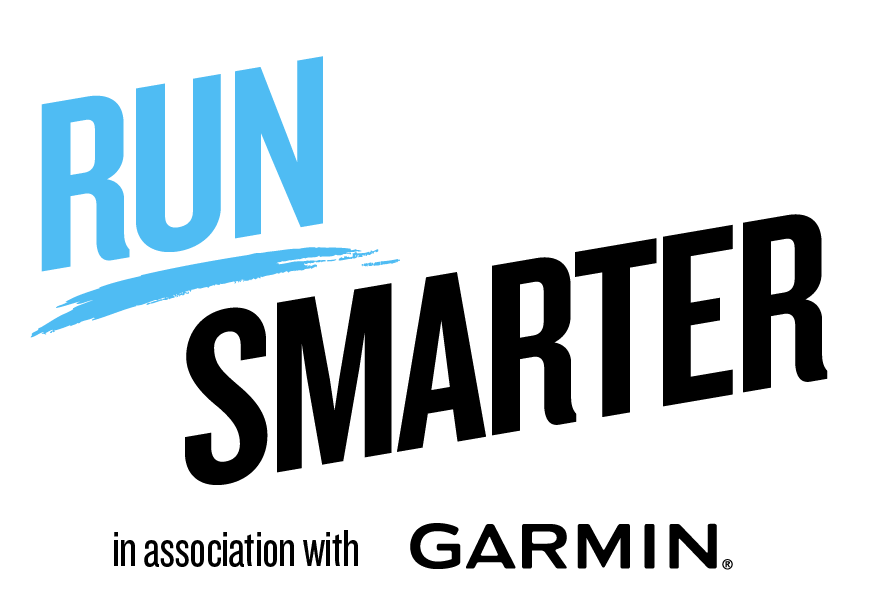How to choose the right training plan for your next race
Find the right training plan to get over the finish line

Signing yourself up for a running event is a fantastic way to turn your goals into a reality. You can begin visualising yourself charging through the finish line as excited crowds chant your name from the side-lines. However, getting over the finish line of any race requires a fair bit of work from behind the scenes, including a solid training plan and commitment to your goal.
No matter what race you are looking to complete, whether that be a 10K race or your first ever marathon, picking the toughest looking training plan or spending a considerable amount of money on one does not mean you are guaranteed to smash the race and walk away with an impressive PB. A training plan needs to be realistic and match up with your current running ability (and not based off the ParkRun PB you got two years ago), it needs to allow you enough time to train before the race and should fit into your life in order to make sure you keep up with training right through to the end.
A little like deciding which of the best running watches on the market is right for you, choosing the right training plan for your next race requires some careful considerations to ensure you are able to get the most out of it. Thankfully, you have us to run you through some of the most important things to consider before picking a training plan. So stick with us if you want some help ahead of your next race

When is the race?
So you’ve got a race in mind? Fantastic, you have something to work toward.
Now, check how many weeks it is until the event or if you aren’t entered in an event but have a date in mind for when you would like to run a certain distance by, work out how far away that date is. Generally speaking, training plans typically span from eight to 30 weeks, and will vary on the distance you are running and over whether or not you've already established a base training.
Whether you're a seasoned runner or a beginner, choosing a plan that synchronizes with the timing of your race ensures that you progress through the program at an appropriate pace, avoiding the pitfalls of undertraining or overtraining. Plus, considerations for your race date extend beyond aligning with your calendar. Factors such as the season and climate of the race should influence your training plan. For instance, training for a spring marathon might involve different considerations than preparing for a fall trail race. Tailoring your plan to the specific demands of the race date enhances your preparedness and adaptability.
You will also want to take into account any personal commitments, work schedules, or travel plans that may impact your training. Flexibility in your training plan is crucial to accommodate unforeseen events and can allow you to adjust without compromising your overall progress. I personally like to start a training plan a week or two earlier, as from experience things like illness or travel have set me back, so getting a week or so ahead means you have more chance of completing the full plan ahead of the race.
How does the mileage compare to your current mileage?
Looking at your current mileage and comparing it to the proposed mileage in a training plan is a very helpful element to consider when choosing the right training plan. If a training plan starts off with a notably higher mileage than your current routine, it could increase the risk of running-related injuries. That being said we all need to start somewhere, it just might be better for you to start off with finding a base training plan to complete before starting a plan for the actual race.
Sign up to get the BEST of Tom's Guide direct to your inbox.
Get instant access to breaking news, the hottest reviews, great deals and helpful tips.
You also aren’t a failure for stopping one plan and either adjusting it to suit your running ability better, or finding a new plan to follow. The great thing about running with one of the best Garmin watches is being able to use the Garmin Coach feature. Garmin Coach provides free training plans that include expert guidance and dynamic workouts. These workouts adjust their intensity based on your performance, ensuring that the plan aligns perfectly with your capabilities and your race goals.
What type of runs does the plan include?

Finding a plan that includes a variety of run types is key to preparing you for a race. Most training plans will include a mix of easy runs, long runs, speed training, and tempo runs - and the specific balance will vary depending on the race distance.
For example, a well-rounded 5K training plan typically includes various types of runs to address different aspects of fitness, endurance, and speed. As much as 5K is a speedy race and requires interval training to improve your speed and anaerobic capacity, you will also need to fit easy miles in to your training plan for foundation building and aerobic development. Similarly, a good 5K training plan might include fartlek training, hill workouts and tempo running.
With a marathon training plan, you aren’t looking to set out to run as many long runs as you can a week. You need to strike a balance in order to prepare your body for all elements of the race. Long runs will very much be crucial for building endurance and helping the body adapt to sustained effort. You will also benefit from speed training, such as tempo runs or marathon-paced intervals, because they add an element of race-specific intensity without sacrificing overall volume. Meanwhile easy-paced runs will form the majority of the weekly training volume, aiding recovery and building aerobic capacity.
The key is to strike a balance between these different types of runs, ensuring that each serves its purpose in enhancing your overall fitness and race-specific skills.
Does the training plan include non-running workouts?
Integrating non-running workouts, such as strength training and stretching routines, can play a pivotal role in enhancing overall performance, preventing injuries, and promoting long-term athletic development.
Strength training can help to provide the necessary muscle strength that is needed to withstand the demands of running, which is a very high-impact activity. By targeting key muscle groups, such as the core, legs, and glutes, strength training helps improve running economy, stability, and overall biomechanics. This not only boosts performance but also lowers the risk of common running injuries, such as shin splints, stress fractures, and IT band issues.
In addition to strength training, regular stretching can help toward maintaining a healthy range of motion in the joints and muscles, reducing stiffness and the likelihood of strains or pulls. Dynamic stretching before a run helps activate muscles and prepares the body for the physical demands ahead, while static stretching post-run enhances flexibility and accelerates the recovery process.
Alternatively, you may have signed up for a triathlon and will need to incorporate running, swimming and cycling sessions into your training. A watch like the Garmin Forerunner 965 is renowned for its reliability and serves as an excellent triathlon training companion. When coupled with a Garmin Connect training plan, it seamlessly syncs your non-running workouts with your watch, helping you to progress in all areas of the race.
Finally, don't forget to explore our comprehensive guide to the best running apps. Within, you'll discover a selection of apps offering both free race training plans and premium options with advanced training insights, catering to a range of preferences and budgets

Jessica has been a fitness writer at Tom’s Guide since 2023, bringing three years of experience writing about health, fitness, and the great outdoors. Her passion for exercise began during her childhood, where she spent weekends hiking and competing in local athletics club events. After earning a master’s degree in journalism from Cardiff University, Jessica found the perfect way to combine her love of storytelling and fitness into a career.
Jessica is passionate about testing fitness gear and tech, using her reviews to help readers make informed buying decisions. She ran her first marathon in April 2024, finishing it in 3 hours and 48 minutes. Through her training, she’s developed a deep understanding of what it takes to grow as a runner, from effective workouts and recovery techniques to selecting the right gear for every challenge.
When she’s not at her desk, Jessica enjoys spending time in the kitchen crafting new recipes, braving cold water swims and hiking.
